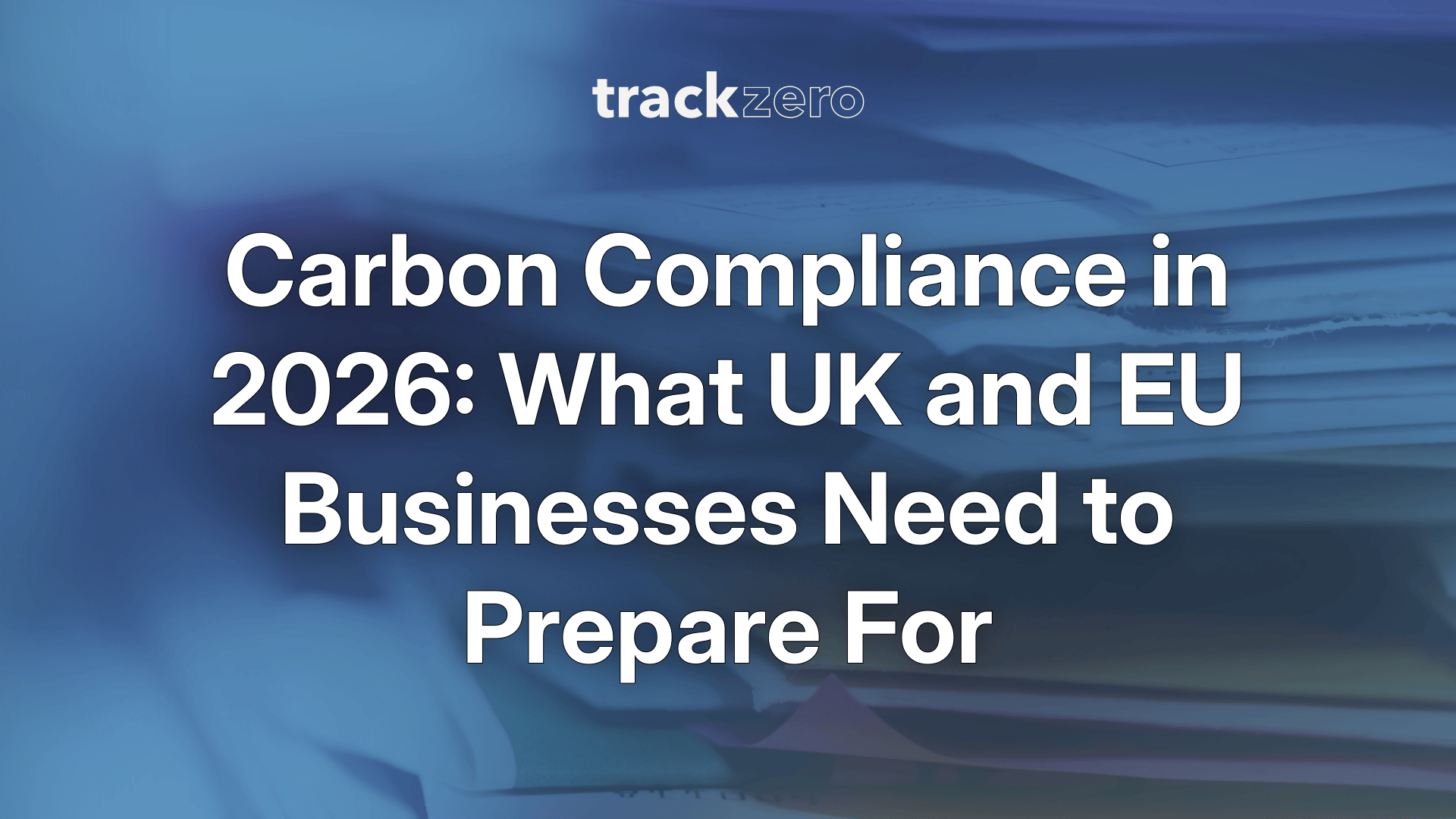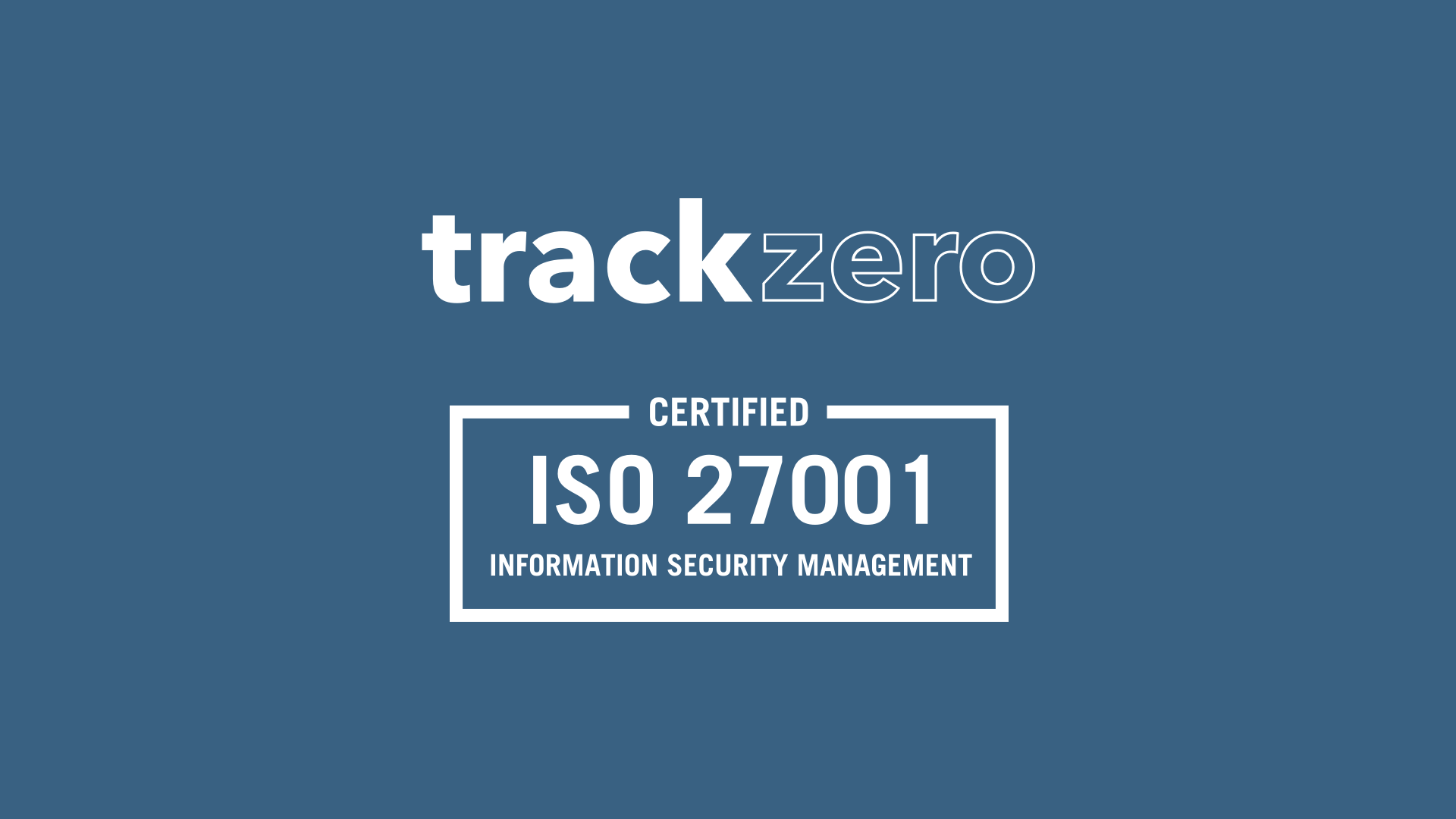When businesses begin measuring their carbon footprint, the focus usually falls on the obvious: direct fuel use, electricity consumption, business travel... These are all visible, tangible and important to quantify. However, beneath the surface lies a complex network of overlooked emissions sources, 'hotspots' that can account for a surprising share of an organisation's overall carbon footprint.
By focusing only on the obvious, companies risk missing these subtle but significant drivers of climate impact. Understanding and addressing them is not about making sustainability harder, it's about making action smarter!
For most organisations, ignoring these hotspots risks underestimating emissions, missing cost-saving opportunities, and weakening climate strategies, particularly in scope 3 (your value chain emissions). According to CDP, supply chain emissions are, on average, 26 times greater than a company's operational emissions. In other words, what you don't measure may matter most.
People often also talk about the term 'Carbon Tunnel Vision', the narrative that tracking carbon is enough and ignoring other planetary boundaries. However, by tracking carbon emissions accurately and thoroughly, other environmental issues are recognised and dealt with, as it is all interconnected. Remember: what gets measured, gets managed, and what is managed, gets reduced!
So, here are some commonly overlooked hotspots that you should consider when you next measure your carbon footprint:
1. Waste & End-of-life disposal
Waste accounts for roughly 3-5% of global emissions and only 9% of plastic ever produced has been recycled. It is important to track how much waste you are producing and add this into your scope 3 emissions. This will show you where improvements can be made. With the new simpler recycling rules, businesses should ensure that they separate (and track!):
- dry recyclable materials (plastic, metal, glass, paper and card)
- food waste
- non-recyclable waste (also called residual waste)
Did you know? Food loss and waste account for 8-10% of global emissions... that's nearly 5 times the aviation sector!
Maybe its time to implement composting, a new waste policy, or training for your staff on waste management!
2. Employee home working
Hybrid work has shifted the work landscape, especially after the COVID-19 pandemic. While home-working can cut commuting emissions by 30-40%, it can also result in increased emissions from heating and electricity if employees' homes are not energy efficient. During the COVID-19 lockdown, home energy use increased by 15–20% on average. It is important to track how many staff members work from home, and perhaps collect data on their average commute time otherwise, too. If emissions from home working seem high, perhaps your need to support employees with energy-efficiency advice, subsidies for home office equipment, or even renewable energy incentives!
If tracking emissions from home-working seems impossible, remember that TrackZero can do it for you within our platform! Simply enter the average number of people and days on WFH, and we'll calculate the emissions for you.
3. Professional Services & Outsourcing
"Indirect" services like legal, IT, or consultancy rarely make the footprint dashboard, but they add up. Professional services can represent 10–15% of Scope 3 emissions in service-led organisations. Though they may be small individually, across a value chain these add up. To accurately track the emissions of the professional services you pay for, the best thing to do is ask them for their carbon footprint, which you can use to make some calculations.
4. Digital infrastructure
Streaming a video, running a server, your website or storing data in the cloud may feel "weightless" but the data centre powering it also has emissions. Data centres currently consume 2–3% of global electricity and this figure is rising. If you operate a lot of web-based work, you may want to consider cloud providers with renewable energy commitments, streamline your data storage, and encourage low-carbon digital habits.
While it can be challenging (and humbling...) to shine a light on the hidden emissions within your business, tackling them can deliver quick wins:
- Cost savings (energy efficiency, packaging reduction).
- Employee engagement (staff notice the changes that affect them directly, like home-working).
- Credibility (stakeholders trust companies that go beyond "tick-box" carbon reporting).
TrackZero's platform helps organisations map these hotspots across their SME-heavy supply chains. By replacing static spreadsheets with interactive assessments, businesses can identify unusual sources of emissions, engage suppliers, and turn hidden risks into visible opportunities.
The journey to net zero isn't about chasing every tonne of carbon at once. But ignoring hidden hotspots risks leaving blind spots in your strategy. By shining a light on overlooked areas, like digital activity, waste & packaging, home-working, professional services and more, businesses can make progress that's both practical and impactful.
Sometimes the biggest sustainability wins are hiding in plain sight.
👉 Which hidden hotspots have surprised you most in your organisation?




